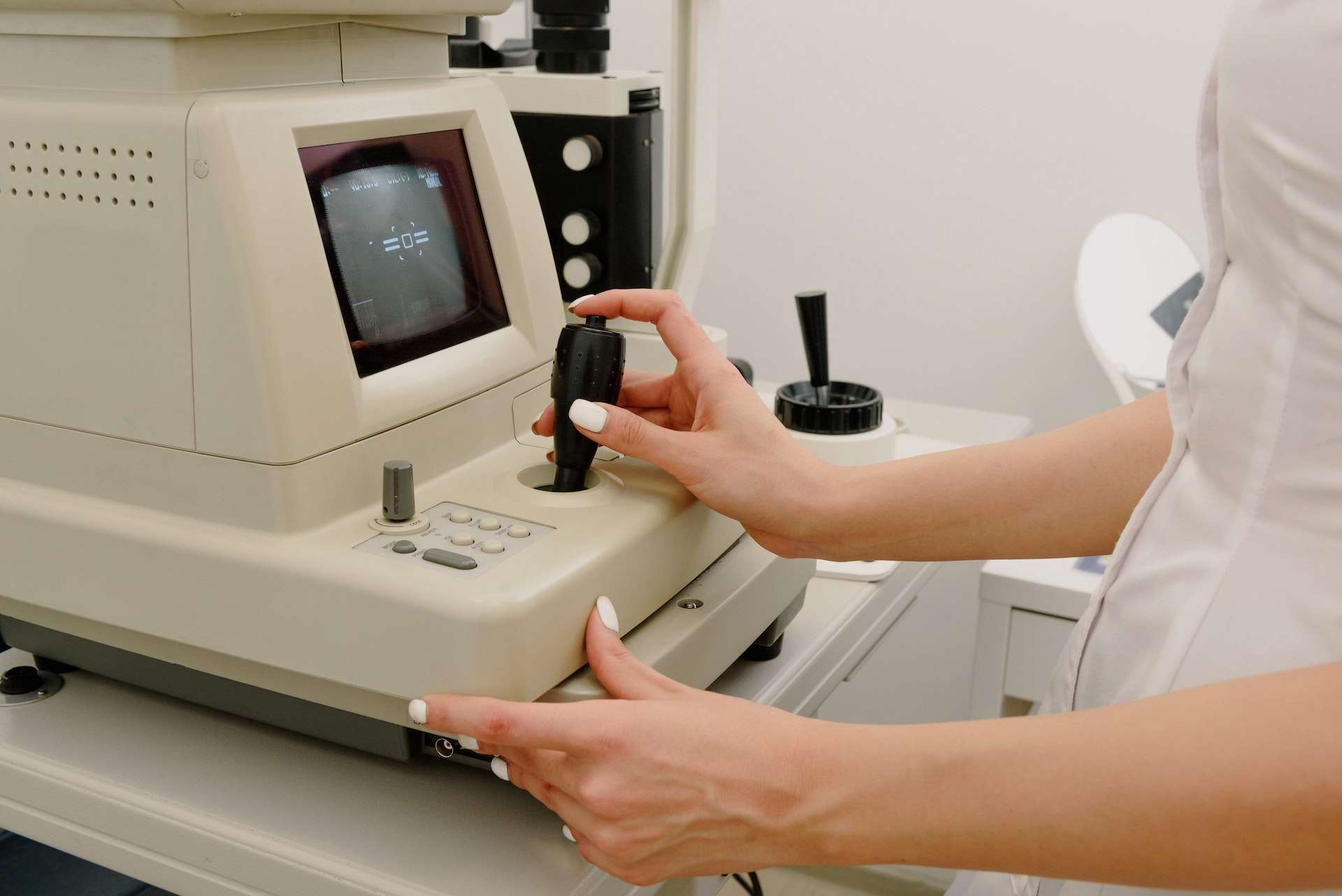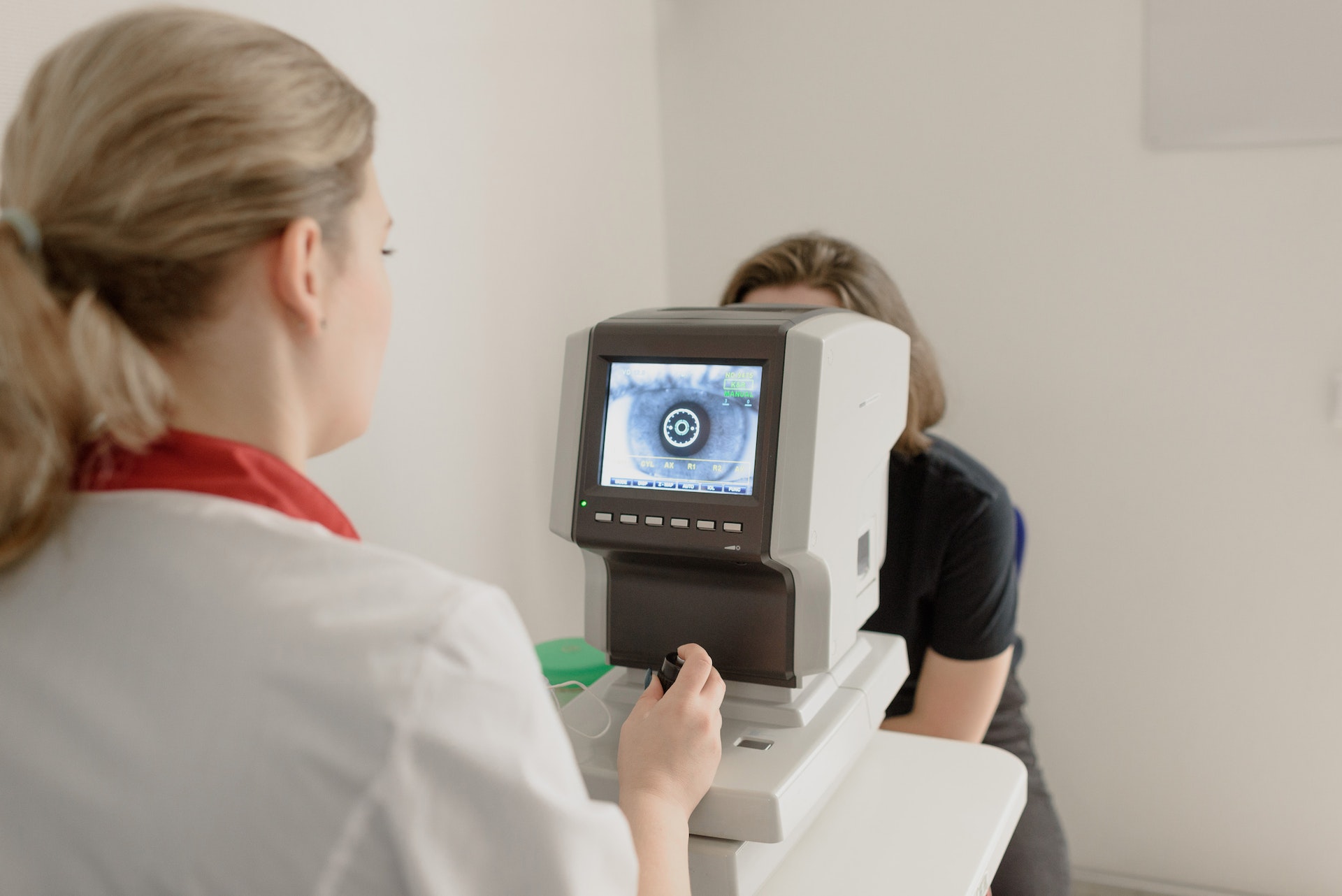In recent years, healthcare has seen significant advancements in technology, leading to improvements in diagnostics and patient care. One such breakthrough is Point-of-Care Testing (POCT), which allows medical professionals to obtain rapid test results at the patient’s bedside or in close proximity to where care is being delivered.
POCT has revolutionised the way healthcare providers diagnose and manage various conditions, ensuring faster treatment decisions and better patient outcomes. In this blog post, we will delve into the technology and methodologies behind different POCT devices and how they yield rapid results.
Definition and Importance of Point-of-Care Testing:
Point-of-Care Testing refers to medical diagnostic testing performed outside of traditional laboratory settings, such as hospitals and clinics. It provides real-time results, allowing healthcare providers to make immediate decisions for patient care. The speed and accessibility of POCT are especially crucial in emergency situations, remote locations, or when rapid diagnosis is essential for timely treatment.

Immunoassays in POCT Devices:
One of the primary methodologies employed in POCT devices is immunoassays. These tests rely on the specificity of antigen-antibody reactions to detect and quantify various substances in the patient’s sample. Some common POCT devices using immunoassays include lateral flow assays and immunochromatographic assays.
Lateral flow assays work on the principle of capillary action, where the sample flows through the device along with labelled antibodies. The antibodies bind to specific target analytes, producing visible lines on the test strip, indicating the presence or absence of the substance being tested for.
Nucleic Acid Amplification Techniques:
Nucleic acid amplification techniques, like Polymerase Chain Reaction (PCR), are crucial for diagnosing infectious diseases at the point of care. PCR-based POCT devices detect the genetic material (DNA or RNA) of pathogens, allowing for highly sensitive and specific testing.
These devices often employ microfluidic technology, where small volumes of samples and reagents are manipulated to facilitate rapid and accurate amplification of nucleic acids. This enables clinicians to identify infectious agents quickly and initiate appropriate treatment promptly.
Electrochemical Sensors:
Electrochemical sensors are commonly used in POCT devices to measure various analytes like glucose, electrolytes, and blood gases. These sensors detect changes in electrical signals resulting from chemical reactions between the sample and sensing elements.
For instance, glucose meters used by diabetic patients are a type of POCT device employing electrochemical sensors. They provide instant blood glucose levels, empowering individuals to manage their condition effectively.
Microfluidics and Lab-on-a-Chip Technology:
Microfluidics and lab-on-a-chip technology play a pivotal role in the miniaturisation and integration of complex laboratory processes onto a single chip. These technologies reduce the sample volume required for testing and accelerate reaction times, enabling faster results.
Lab-on-a-chip devices consist of tiny channels and chambers where the sample and reagents flow through specific pathways, mimicking laboratory processes on a small scale. This integration enhances the efficiency of POCT devices, making them portable and user-friendly.
Biosensors:
Biosensors are devices that combine biological recognition elements (such as enzymes or antibodies) with transducers to convert the biological response into measurable signals. They are widely used in POCT devices for detecting a range of substances, from biomarkers indicative of diseases to environmental toxins.
The recognition elements in biosensors interact with the target analyte in the sample, leading to a measurable signal, such as a change in electrical conductivity or optical properties. These signals are then converted into quantitative results, providing rapid and accurate diagnoses.
Quality Control and Accuracy:
While Point-of-Care Testing offers rapid results and increased accessibility, maintaining high-quality standards and accuracy is paramount. POCT devices undergo rigorous quality control measures to ensure reliable and reproducible results. Manufacturers and regulatory bodies work together to establish guidelines and standards for these devices.
Regular calibration and verification procedures are conducted to validate the accuracy of POCT devices. Quality control materials with known concentrations of analytes are often used to monitor the performance of the tests. Any discrepancies or deviations in the results trigger immediate corrective actions, guaranteeing the reliability of the diagnostic information.
Connectivity and Data Management:
With the advent of digital health technologies, many modern POCT devices are equipped with connectivity features, allowing seamless integration with electronic health record (EHR) systems. This connectivity enhances data management and ensures that the test results are quickly accessible to healthcare providers across different settings.
When POCT devices are connected to EHR systems, patient data and test results are automatically recorded and stored, minimising the risk of transcription errors and facilitating real-time monitoring of patient’s health status. This interoperability contributes to a more coordinated and efficient healthcare ecosystem.

Applications of Point-of-Care Testing:
The applications of Point-of-Care Testing are diverse, spanning various medical disciplines. Some of the notable applications include:
- Infectious Disease Diagnosis: POCT devices play a critical role in diagnosing infectious diseases like HIV, influenza, and strep throat. Rapid identification of pathogens allows for timely initiation of treatment and appropriate infection control measures.
- Chronic Disease Management: POCT devices are indispensable for managing chronic conditions like diabetes and cardiovascular diseases. Patients can regularly monitor their glucose levels or other vital parameters, empowering them to take proactive steps in managing their health.
- Pregnancy Testing: One of the most common uses of POCT is in pregnancy testing, where immunoassays detect the presence of human chorionic gonadotropin (hCG) hormone in urine, providing quick and accurate results.
- Emergency Medicine: In emergency settings, where timely decisions are critical, POCT devices for assessing blood gases, electrolytes, and cardiac biomarkers aid in quick triaging and treatment planning.
Future Developments in Point-of-Care Testing:
The field of Point-of-Care Testing is continually evolving, driven by advancements in technology, research, and the need for improved healthcare outcomes. Some potential future developments include:
- Multiplexing Capabilities: Future POCT devices may incorporate multiplexing technologies that allow the simultaneous detection of multiple analytes in a single sample, providing a comprehensive diagnostic profile in real-time.
- Artificial Intelligence Integration: Integration of artificial intelligence (AI) algorithms may enhance the accuracy and interpretation of test results, enabling more precise diagnoses and treatment recommendations.
- Wearable and Mobile POCT Devices: With the rise of wearable health tech and mobile apps, we may see the development of POCT devices that can be integrated into wearable devices or smartphone applications, further extending accessibility and patient empowerment.
In conclusion, Point-of-Care Testing is a transformative technology that has revolutionised healthcare diagnostics. By harnessing various methodologies such as immunoassays, nucleic acid amplification, electrochemical sensors, microfluidics, and biosensors, POCT devices offer rapid and reliable results.
As the field continues to advance, ensuring quality control and integrating with digital health systems will further enhance the impact of Point-of-Care Testing on patient care. With the ongoing development of new technologies and applications, we can expect POCT to play an even more significant role in improving healthcare outcomes and increasing patient accessibility to timely and accurate diagnoses.
Ryan is a professional copywriter from Ryan’s Copywriting. He has a passion for writing and sharing information.



